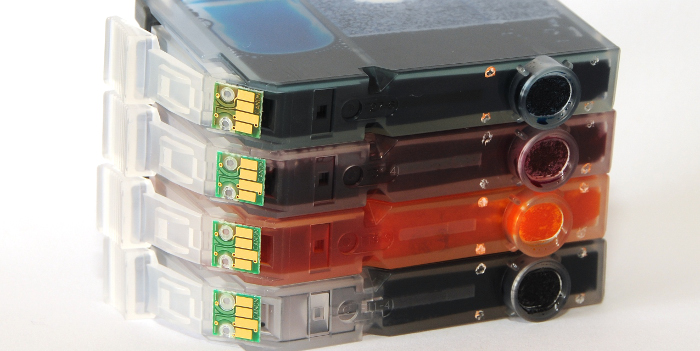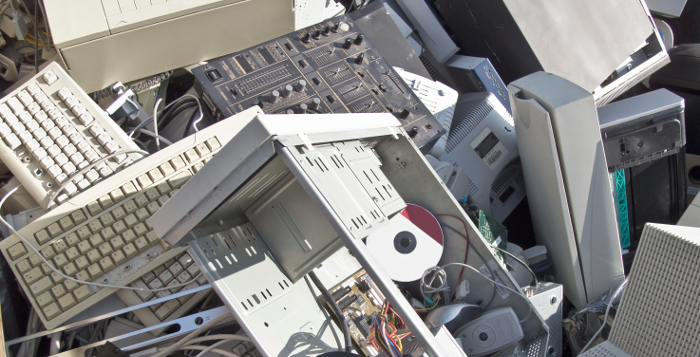Chances are you’ve had an X-ray to check for broken bones, find the source of that niggling back pain or to reveal holes hiding in your teeth. X-rays are also the basis of CT scans that reveal, slice by slice, a detailed picture of our inner workings.
But these magical rays that can see through flesh and bone can be put to many more uses. Here are just a few that have caught our eye.
1. Take A Peek Inside A Mummy
In earlier days of Egyptian archaeology numerous mummies were unwrapped and pr…





























